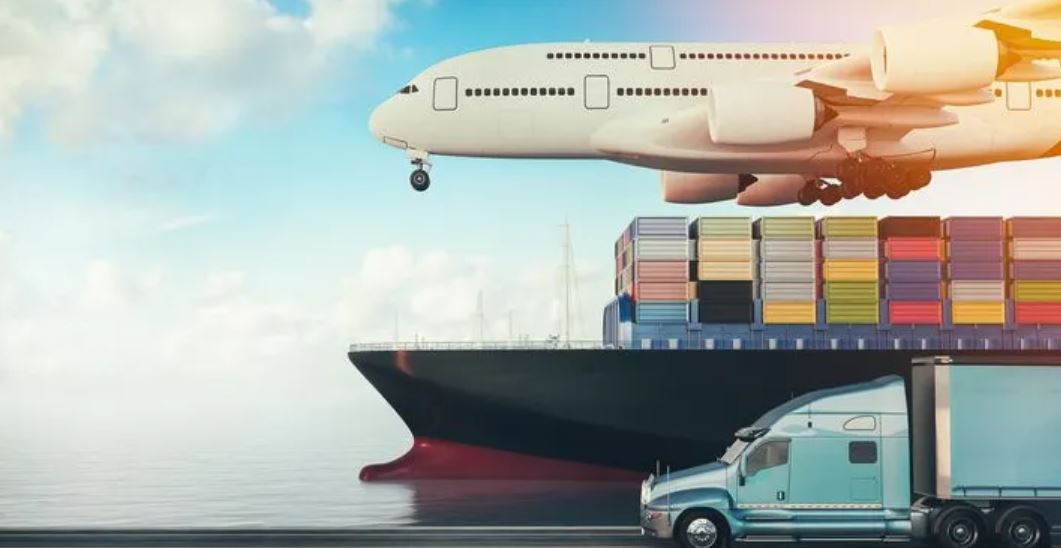Key industry players are calling for the establishment of a dedicated Council for Transportation and Logistics (CTL) to ensure sustained public-private engagement and long-term sector reform in South Africa.
Integrated Supply Chains executive consultant Ian Bird, along with various stakeholders, believes the proposed CTL would serve as a centralised body representing organised business interests in the logistics and transport sectors. The council is envisioned to advance industry standards, foster collaboration, and drive innovation to improve supply chain competitiveness and sustainability.
The National Logistics Crisis Committee (NLCC), initially formed to respond to urgent challenges in the logistics sector, has focused on enhancing operational performance, modernising the freight transport system, and creating an enabling environment for efficient supply chain operations. The committee oversees eight workstreams and includes representatives from State-owned entities such as the South African National Roads Agency (SANRAL), the Passenger Rail Agency of South Africa (PRASA), the South African Revenue Service (SARS), and various business and government agencies.
Initiatives spearheaded under the NLCC include the establishment of operational excellence centres, mutual cooperation agreements, data sharing frameworks, business process reforms, and joint infrastructure investments. However, stakeholders now seek a more permanent institutional platform to ensure continuity of efforts.
Bird is also championing the creation of an Intermodal Logistics Master Plan (ILMP) to address inefficiencies in the country’s freight transport system, which remains dominated by road transport. He warns that fragmented intermodal infrastructure, high logistics costs, and weak policy implementation are hampering growth and environmental sustainability.
“A master plan is essential for integrating road, rail, air, and sea transport into a single, efficient system. This will not only reduce emissions and infrastructure strain but also promote long-term economic competitiveness,” Bird stated.
The ILMP aligns with Transnet’s long-term strategy to increase freight volumes on rail from 161 million tonnes in 2024/25 to 250 million tonnes by 2030, ultimately targeting 100% of rail-compatible cargo to shift off the roads by 2050.
In port operations, Transnet aims to restore container throughput to pre-2018 levels, targeting 4.9 million twenty-foot equivalent units (TEUs) by 2029/30 after a drop to 4.2 million TEUs in 2023/24. Multimodal Inland Port Association (Mipa) CEO Bertie Phillips supports Bird’s proposals, advocating for stronger intermodal integration, particularly at inland ports. He highlights recent progress, including 98 private-sector applications for freight rail slots received by the Transnet Infrastructure Manager, calling it a significant milestone.
Phillips added that Mipa is working on a code of conduct and interchange agreements with legal partners to standardise operations and facilitate private investment in multimodal solutions. “Our members are committed to removing barriers to growth and making rail a viable, cost-effective option,” he said.
Addressing constrains
The Road Transport and Border Transit Workstream is simultaneously addressing critical logistics issues on major freight corridors such as the N2, N3, N4, and N10/12, with an emphasis on expanding modal options for freight movement.
However, challenges persist. Bird notes that delays in enabling private sector participation and deteriorating infrastructure on key corridors continue to constrain progress. From a government perspective, Department of Transport freight logistics specialist Mihlali Gqada highlighted that over 25% of long-distance freight has shifted from rail to road in the past five years, resulting in major trade losses, especially in coal and iron ore exports. She pointed out that logistics inefficiencies have cost South Africa more than $26 billion since 2010.
Gqada stressed the urgency of rebalancing investment between road and rail infrastructure. “Currently, rail receives limited funding, primarily through PRASA and Transnet’s internally competitive capital allocations,” she said.
She added that better coordination among government entities is vital to implement efficient freight policies and attract private investment, including via public-private partnerships and regulatory reforms. The DoT has identified significant volumes of bulk commodities — including steel, coal, manganese, grain, timber, and fuel — that could transition to rail if service reliability improves.
To address systemic constraints, the department is considering the creation of a transport economic regulator, accelerating reforms at Transnet, and promoting financing instruments that incentivise private sector involvement.
Gqada concluded that without functional intermodal facilities and seamless modal interfaces, the national logistics system will remain inefficient and unsustainable. “Encouraging modal choice and incentivising greener transport options is central to our long-term vision,” she said.
As momentum builds for sector-wide reform, the proposed CTL and ILMP could prove critical in shaping South Africa’s freight logistics future — one that is integrated, resilient, and globally competitive.

